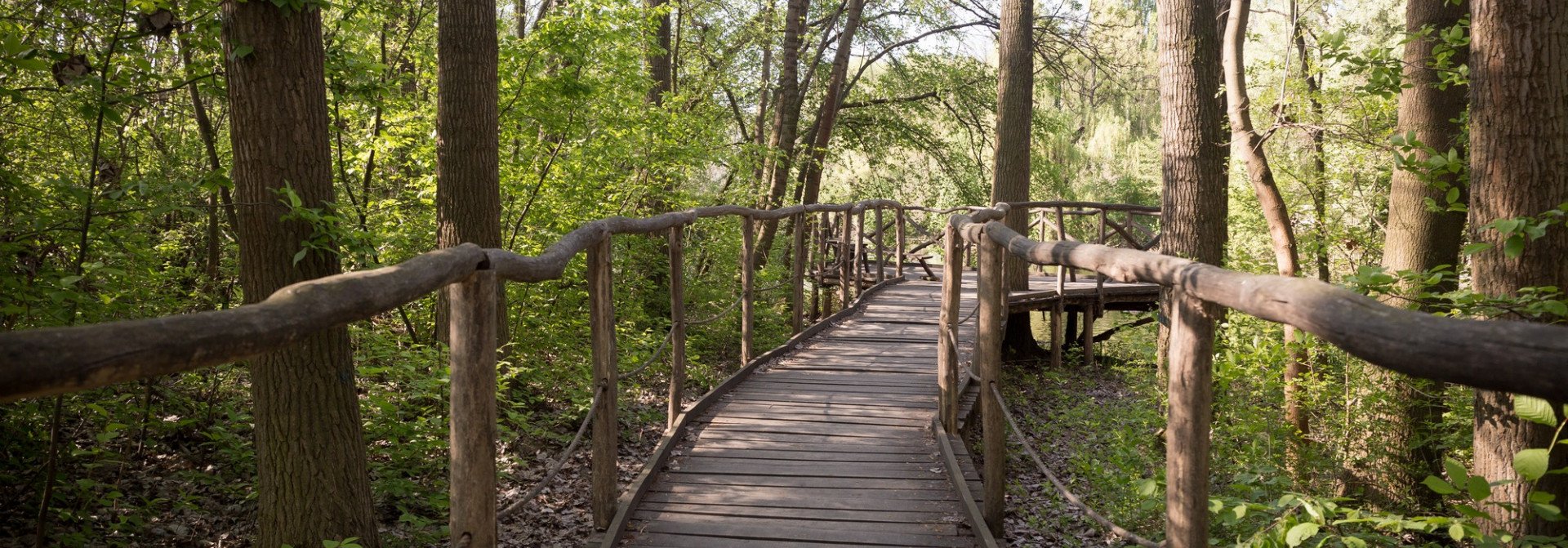Chceli by ste cestovať v čase? Zaujíma vás, ako žili dedinčania a čomu sa venovali pred 100 rokmi? Ak sa zamyslíte, vlastne to ani nebolo až tak dávno, možno už aj vaši prarodičia boli vtedy deťmi. Svet sa však veľmi zmenil a dnes si ho už nedokážeme ani len predstaviť bez elektriny, kúpeľne či počítača. Ale tu žijúci ľudia nemali pred sto rokmi ani jednu z toho. Počas našej túry sa môžete pomocou svojej fantázie vrátiť do minulosti a vďaka výstavám, skanzenom a rôznym aktivitám nahliadnuť do dobového vidieckeho života.
https://www.cultractive.eu/tura/57/adatlap
Mestský vlastivedný dom v Šamoríne ponúka svojim návštevníkom expozíciu stredovekých listín a dokumentov odhaľujúcich históriu mesta Šamorín, ale zaujme aj výstavou náradia a predmetov používaných v roľníckych domácnostiach, pri spracovaní konope alebo rybárčení.
https://kukkonia.sk/hu/somorjai-varosi-honismereti-haz
Pri vidieckom dome si môžete pozrieť nástroje ťahané koňmi a volmi, pochádzajúce z rokov 1870 až 1930, ktoré bežne používali všetci, ktorí sa živili hospodárstvom, ako aj ručné náradie potrebné k poľnohospodárstvu a chovu zvierat. Na dvore žijú pôvodné aj nepôvodné zvieratá (sliepky, husi, maďarské divé kačky, morky domáce, prepelice, kozy, ovce a psie plemeno puli, ktoré ich ochraňuje) a tiež si tu môžete pozrieť aj typickú strechu z prútia.
Pôvodne barokový kaštieľ bol začiatkom 19. storočia klasicisticky upravený. Dvojpodlažná budova je považovaná za najvýznamnejšie historické pamiatky v Dunajskej Strede. Z poverenia Veszprémskeho biskupa Mártona Biró Padányiho bola jeho bratovi, Istvánovi Biróvi, v mestskej časti Dunajskej Stredy Pókatelek postavená do roku 1753 dvojposchodová, priestranná kúria, neskôr známa ako Žltý kaštieľ, ku ktorému patril aj veľký statok. Budova sa časom stala majetkom rodiny Kondé z Pókateleku, ktorá kaštieľ začiatkom 19. storočia prestavala podľa svojho vkusu V kaštieli v súčasnosti sídli Žitnoostrovské múzeum. Stálu expozíciu, ktorá poskytuje návštevníkov múzea verný obraz o živote obyvateľov regiónu, tvorí 17 tematických celkov. Na prízemí budovy sú vystavené archeologické a paleontologické nálezy, historická a národopisná časť expozície sídli na poschodí. V priľahlom parčíku sa nachádza drevená socha Györgya Lipcseyho.
Jeden z posledných zachovalých vodných mlynov z pôvodných viac ako sto fungujúcich v regióne sa nachádza v prekrásnom prostredí na brehu Klátovského ramena. Trojpodlažná snehobiela budova s veľkým kolesom (o priemere viac ako 6 metrov) už diaľky púta pozornosť. Je typickým príkladom spodkového mlyna, ktoré boli v oblasti Žitného ostrova pomerne zriedkavé. Terajšiu podobu získal pri prestavbe v roku 1920. Naposledy sa v mlyne mlelo v 40-tych rokoch 20. storočia. V súčasnosti je v budove mlyna stála expozícia vodného mlynárstva. https://kukkonia.parameter.sk/csallokozi-malmok

